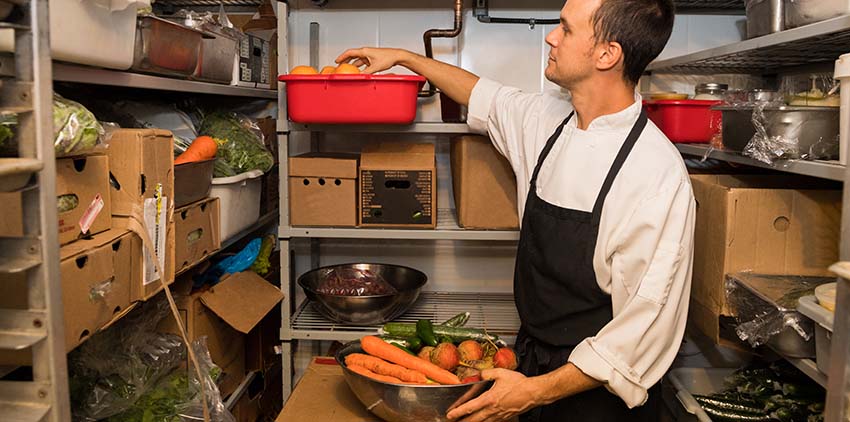Articles
October 05, 2022
Tech trends enhance supply chain efficiencies for big brands
Morgan Swink, Center for Supply Chain Innovation at TCU's Neeley School of Business, talks advances in supply chain technology.

The hunt is on for the Holy Grail of supply chain information: the inventory sitting on shelves at the store level.
While the direst of the supply chain shortages—in products, fuel, and transportation—are beginning to ease, the supply chain solutions borne of necessity not only survive but continue to evolve.
Many of the top solutions for easing supply chain challenges and maintaining margins are technology-based, says Morgan Swink, executive director of the Center for Supply Chain Innovation in TCU's Neeley School of Business.
Among the tech trends he’s noting:
There’s power in knowing details about store inventories, to see usage, real-time stock levels and remaining shelf life of current supplies, plus how much has been thrown away. “If supply chain professionals could get a better understanding of what's happening in the stores, they’d be able to stay ahead of order replenishment and to order correct quantities at just-in-time intervals. Big brands are working on this; they’re calling it perpetual inventory.”
Many of the top solutions for easing supply chain challenges and maintaining margins are technology-based, says Morgan Swink, executive director of the Center for Supply Chain Innovation in TCU's Neeley School of Business.
Among the tech trends he’s noting:
- Some of the larger national brands are vertically integrating distribution into their organizations so that they're not just managing their partner distributors closely but are outright owning their own distribution channels. This provides them with even more granular supply control and real-time data on inventory.
- Use of customer-facing tech—such as kiosks and order apps designed to alleviate front-of-house labor demand—will grow, and companies will start to make better use of those systems’ analytics tools to gain product usage insight. Ultimately, the intel will lead to more strategic sourcing and category management. “I don't see this as replacing heads within procurement organizations, but it's improving the consistency and reliability of supply upstream, perhaps helping to cut inventory overages and waste and predicting product obsolescence,” he says. “Those are the kind of benefits I see from this technology in the upstream space.”
- Keeping recipe ingredients consistent is an ongoing challenge in supply chain, which recent shortages—and need for replacement items—have exacerbated. “Recipe data can be full of errors; you've got so many different menu items and there are a lot of discrepancies in the master data,” he explains. Today, big brands are making a big effort to use artificial intelligence and other algorithms to find and resolve those discrepancies.
- The hunt is on for the Holy Grail of supply chain information: What’s sitting on shelves at the store level? “I’ve heard from a number of brands that while they have pretty good information on supply activity from distributors, they don't have good information at the store level,” Swink says. “There's a lot more work to do with distribution partners to integrate databases more closely so they get better, real-time feedback on what's happening in the field and can act fast on what’s needed.”
There’s power in knowing details about store inventories, to see usage, real-time stock levels and remaining shelf life of current supplies, plus how much has been thrown away. “If supply chain professionals could get a better understanding of what's happening in the stores, they’d be able to stay ahead of order replenishment and to order correct quantities at just-in-time intervals. Big brands are working on this; they’re calling it perpetual inventory.”